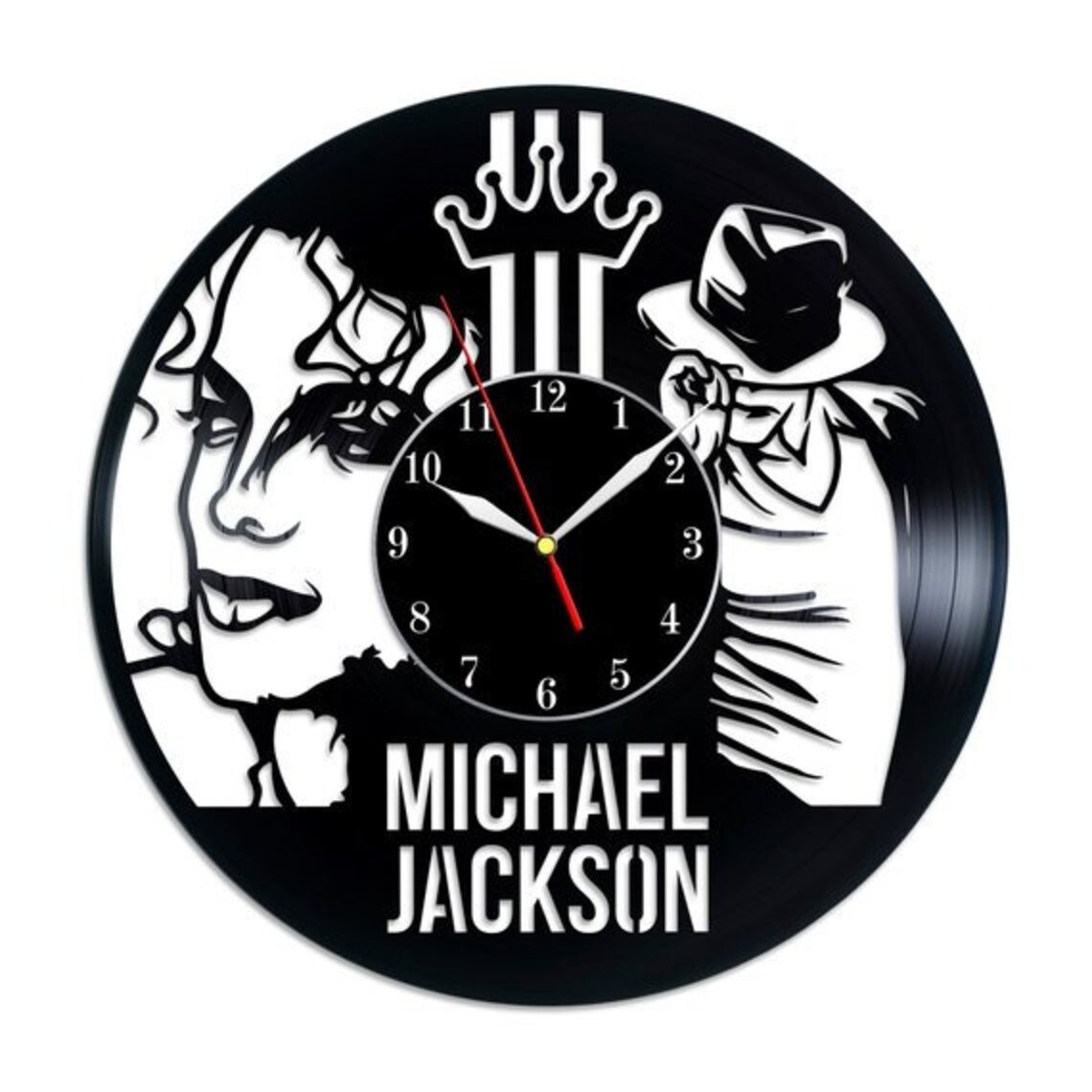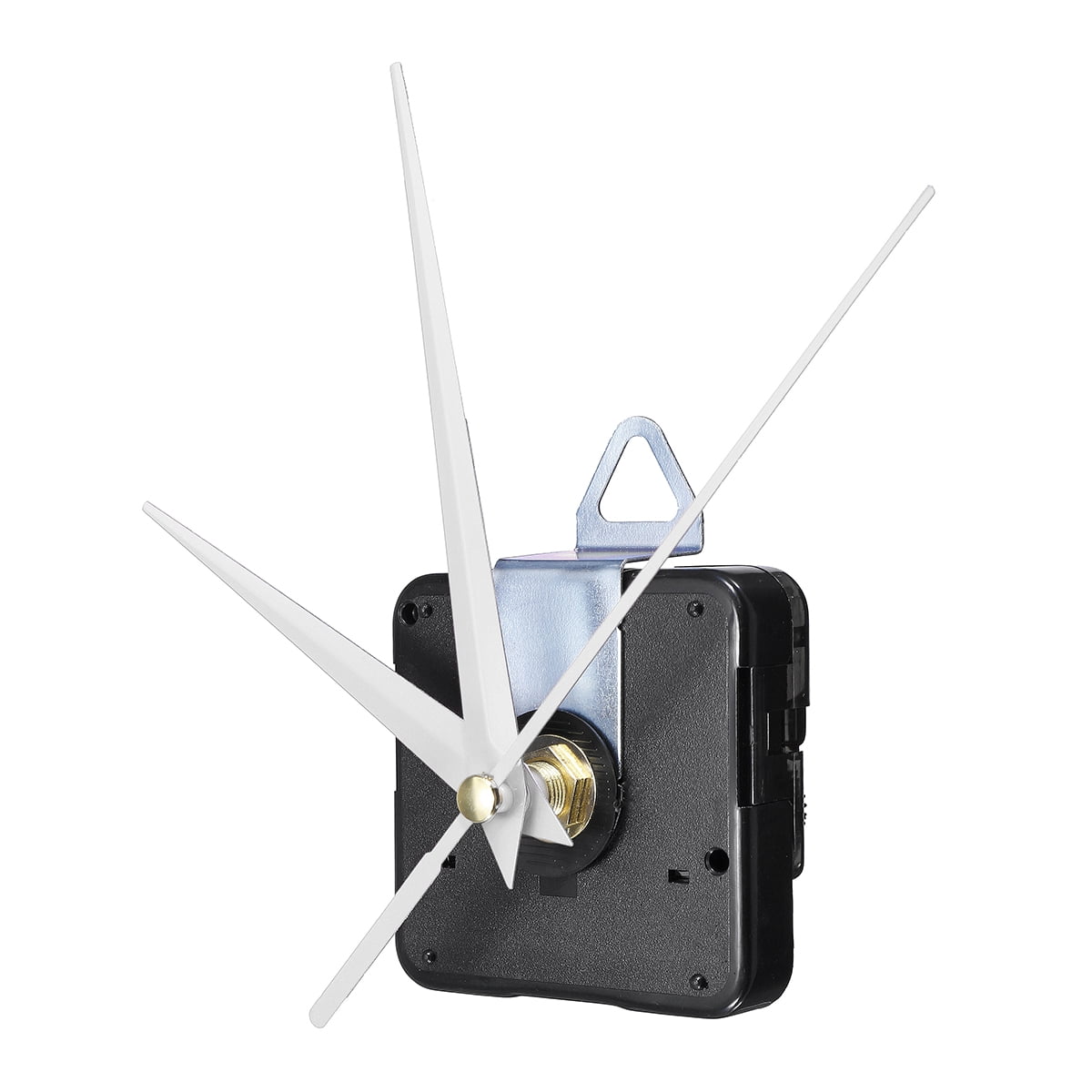

If your clock still isn’t working as it should, then you’ll need to dig a little deeper.Īnother thing that may be working against your clock is its hands. Is the clock working? Is it keeping consistent time? If the answer to these questions is yes, then you’re done. Reset the clock to the correct time and keep an eye on it for a few days. Be careful, though, as the strip is thin and may snap under too much pressure. If the connections don’t seem to touch the battery ends fully, you can take a small screwdriver and gently push in the positive terminal strip toward the battery. You can also use a thin wire brush to scrape off any extra stubborn bits.Īfter everything is clean and dry, insert a fresh battery and make sure it is in complete contact with the pips. Oxidation is easily remedied by taking a cotton bud soaked with rubbing alcohol and cleaning the connectors.

These areas can oxidize over time, leaving them coated with what looks like a gray or green substance and blocking the battery’s connection to the movement. Remove the old battery and take a close look at the springy electrical strips (the pips), and the battery ends. Sometimes the compartment has a cover on it.

Turn the clock over, and you should find the quartz movement attached there in a small black box with a battery compartment. Let’s start with the most common problem our clock and watch repair technicians see: the battery died and you need to replace it. There is dust and dirt in the mechanism itself.The clock hands are rubbing or are altogether stuck.The pips (those little metal strips that connect each end of the battery to the movement) are loose, dirty, or too short.Quartz clocks lose time or stop working for several reasons: And if the only benefit is that your mother-in-law stops asking, “When are you going to fix that clock?” every time she visits, it’s well worth it. In fact, it may only take a few dollars and maybe half an hour before you once again have a timepiece that is both decorative AND operational.
#SILENT CLOCK MECHANISM MICHAELS FREE#
So why not take a few minutes to get that fun kitchen clock – you know, the one with a chicken body on the face, and wings for clock hands – functioning again? It beats reading those boring green digital numbers on your microwave.Īnd you won’t have to carve out several hours of your free time to do the repairs or spend loads of money. Quartz clocks can be excellent design features, even more so when they’re working. It may have stopped completely or begun to lose time several years ago, and somehow we have just never gotten around to fixing it. If you are reusing your existing clock hands, you should confirm that the new movements shaft for both the hour and minute hand are the same size and shape as your existing hands mounting diameter.įor an overview of quartz clock movement parts and assembly see our article Quartz Clock Parts and Assembly Diagram.It’s likely we all own one – a decorative, stylish clock that adorns our home but never really tells the time correctly. This will give you the movements total shaft length, which will be needed when ordering a replacement clock movement. Once you have found your measuring device measure from the top of the post/shaft down to the movement housing. A ruler can also be used to measure the shaft length, if you do use a ruler to measure the shaft size make sure the ruler starts at 0, many rulers have their zero point a bit away from the end of the ruler. The easiest and most accurate way to measure the shaft length on a clock movement is to use the depth gauge on a digital caliper. Measuring the Shaft When Replacing a Broken Quartz Clock Movement The post mounting hole of your clock dial (or mounting material) needs to have a large enough diameter to fit the shaft of the clock movement through it. You’ll want to make sure there is enough room underneath the glass to fit the total shaft length including its minute hand cap nut or if you’re adding a second hand.

When using a glass front on your clock keep in mind the total shaft length (total post length). (Note: Some push on style clock movements will not have a threaded shaft.) The threaded portion of the shaft (post) should come out of the mounting surface with about an 1/8” of length left for the mounting hardware. You’ll want to make sure that the clock movements thread length is long enough to fit through the thickness of the material you are mounting the movement to (clock dial material could be a simple clock face or decorative items like a wood plaque). There are a few important measurements you will need to have when ordering a clock movement, to ensure you get the right one to fit your application. Choosing The Correct Clock Movement Shaft Size When Making a ClockĬlock movements are available in a wide range of sizes.


 0 kommentar(er)
0 kommentar(er)
